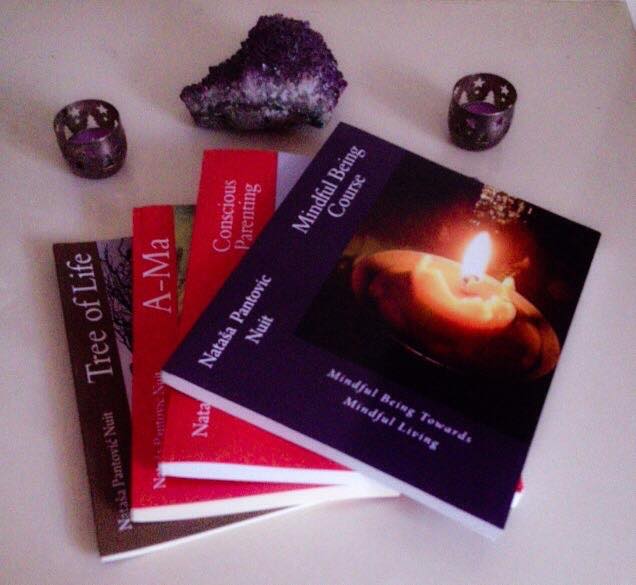
Belief in one God in ancient Egypt and 400 Amarnu Letters 1350 BC
European Neolithic Advanced Civilizations about X and SH of JeShu and Serbian NiSh
Sounds of Neolithic Medditeranean
Ancient Scripts De-Coding Research into Symbols by Nataša Pantović
Ancient Greek Canaan Tablets or Ancient Egyptian Amarna Letters 1,350 BC
When you get such an important archaeological findings, as the first ever stone letters written in 1,350 BC, found in Ancient Egypt called Ancient Greek, you start to wonder... The lingua franca used during the Late Bronze Age in the area was Akkadian. In 1887, a local Egyptian woman has uncovered a cache of over 300 cuneiform tablets now known as Amarna Letters.
Research and excavations of Amarna Letters
The letters are written in cuneiform and from 382 tablets: 350 are letters from the Pharaoh to his Rulers in Babylonia, Assyria, Mittani, Arzawa, Alashia and Hatti. You can explore them following your own research in the places all over the world:
-
203 in Berlin (Vorderasiatisches Museum)
-
49 or 50 in the Cairo Museum
-
95 in the British Museum
-
22 in the Ashmolean Museum in Oxford (found by Petrie)
-
7 in the Louvre
-
9 in private collections
-
2 in the Metropolitan Museum New York (acquired by M. Chassinat)
Pharaohs of Canaan and Babylon
Currently known as Canaan (that within its name hid all the important God's sounds “aa”) was in Ancient Egypt and it is most famous for its Amarna Letters from the time of the Babylon Kingdom sent by the Ancient Egyptian Pharaoh AKHeNaTeM during his reign 1,350 BC to 1,330 BC, to his Rulers around the country. Canaan is also known as Phoenicia or present day Lebanon, Syria, Jordan, and Israel.amarna letters


 Log in with Facebook
Log in with Facebook 

















